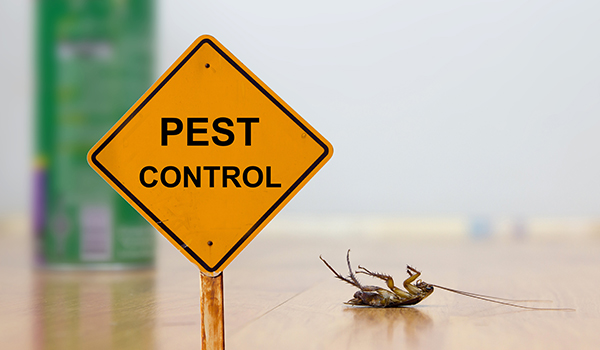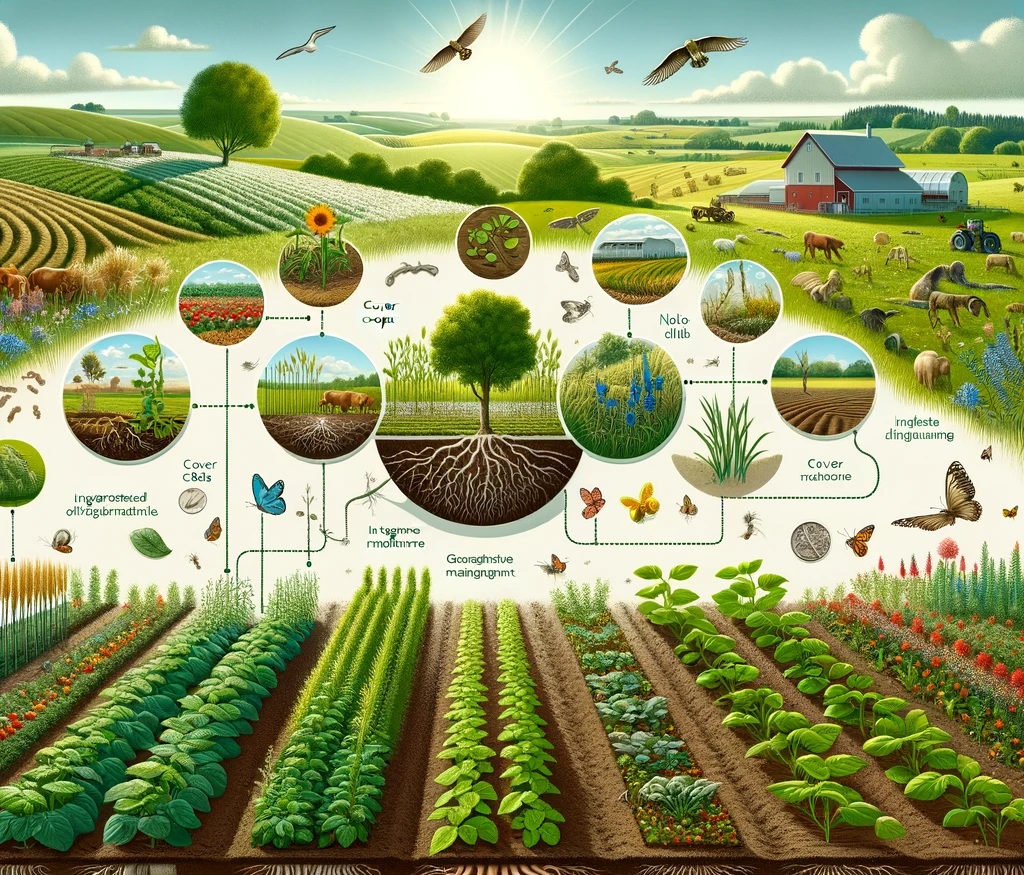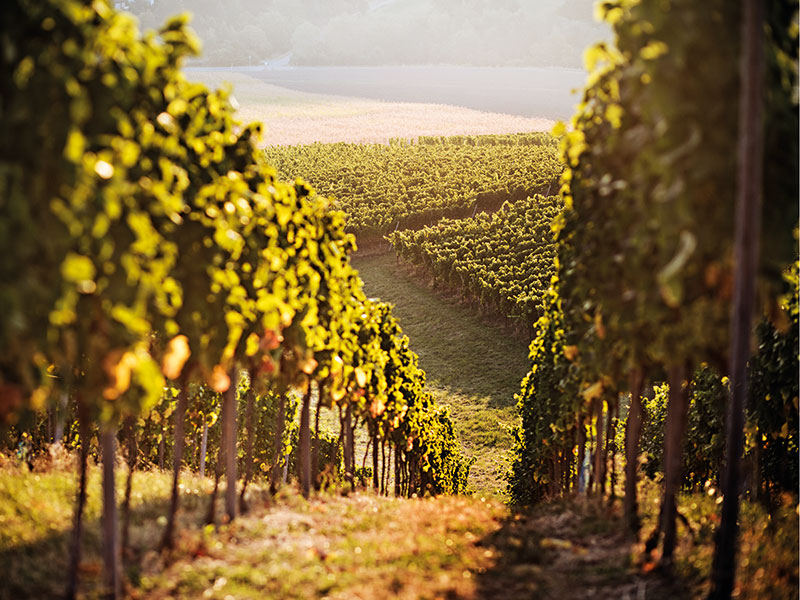Eco-Friendly Pest Control: Biocontrol Agents Market to Surpass at USD 26.4 Billion by 2034
- Hits: 178
The global biocontrol agents market was valued at USD 6 billion in 2024 and is projected to expand at a CAGR of 15.9% to reach USD 26.4 billion by 2034, according to recent report by Global Market Insights Inc.


















